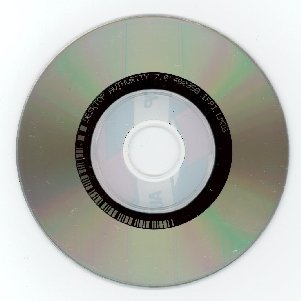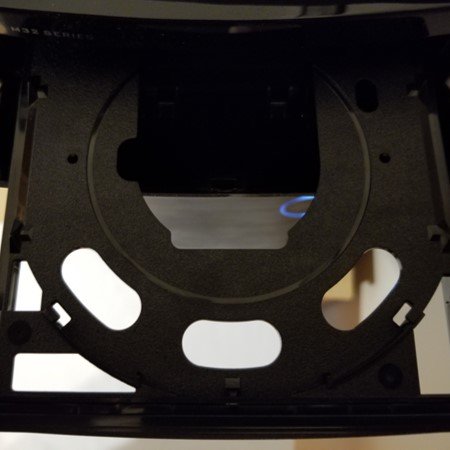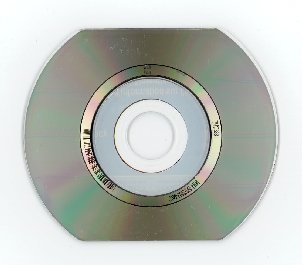CD DVD Mini Replication
CD DVD mini replication refers to the manufacturing of CDs or DVDs in an 8 cm diameter format. These discs are mainly used for company advertising or promotion and therefore relevant and eye-catching labels are found on the top of these discs.
However, the advantage of the mini disc is that additional information other than what is on the label can be given to the client or customer.
The CD DVD Mini Replication Disc
The mini CD can hold about 200 MB of data or about 29 percent of what a standard 12 cm CD can store. Below is an image of an 8 cm mini CD.

The mini DVD can hold approximately 1.35 GB of data or about 29 percent of the capacity of a standard size DVD disc. The mini DVD can also hold up to 30 minutes of video.
The mini optical disc fits within the indented portion of the tray of most drives as illustrated in the image below. This indented portion is meant to accommodate discs that are 8 cm in diameter.

Business Card Disc Replication
Other than CD DVD mini replication, there is DVD or CD ROM business card replication. Once again, like mini CD or DVD replication, the manufacturing of this type of disc is for promotional or advertising purposes and it has a flashy label on top and information stored on it. However, the main difference between the DVD or CD ROM business card and the CD or DVD mini disc is the fact that DVD ROM or CD ROM business card replication involves the production of irregular shapes. Illustrated below is the typical type of optical disc business card.

Business card CDs can have a variety of capacities from approximately 30 MB to 85 MB. Capacities for DVD business cards are from about 240 MB to 650 MB. Of course, the amount of information that the business card disc can hold depends on its shape. The more irregular the pattern, the less the disc can hold.
How do Irregular Discs Work?
The obvious question is why do these different sizes and shapes of CDs and DVDs function in standard drives even though they are not standard discs? They function because optical discs play from the inside out. If the information is continuous and not interrupted by an irregular disc shape, then information on the inner part of the disc is readable.
The other key is disc balance. Generally, discs that have an irregular shape do not spin in perfect balance and do not play. However, because the business card CDs and DVDs are smaller and most of the information is near the hub of the discs, then balance is less of an issue. The imbalance is quite a bit less at the inner portion of the disc as compared to the outer portion.
It would not be possible to produce irregular shaped CDs and DVDs similar in size to the standard 12 cm discs because of this balance issue. Note that some drives may still not play these mini or business card discs well simply because they are not standard CDs or DVDs.
Recordable Mini and Business Card Discs
In addition to CD DVD mini replication where the discs manufactured are read-only, CD and DVD mini discs are also available in the CD-R and DVD-R formats. The discs may contain information recorded onto the disc by the manufacturing company or the information recorded to the mini disc afterwards by the customer.
In addition to DVD-ROM and CD-ROM business card replication of read-only discs, optical discs in the business card format can also be on CD-Rs or DVD-Rs with information already on the discs or blank CD business cards with the information being recorded on the discs afterwards by the client.